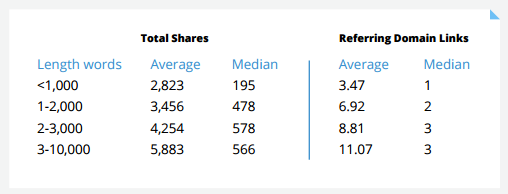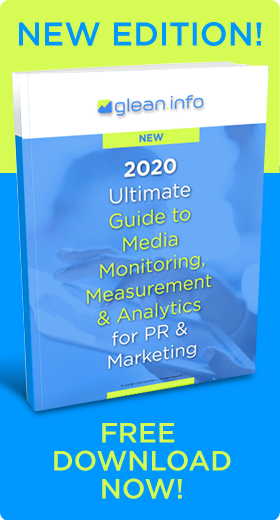 Obtaining shares and links are priorities for content producers and social media marketers. But how do you rise above the crowded masses of online posts? Why do some posts perform so much better than others do?
Obtaining shares and links are priorities for content producers and social media marketers. But how do you rise above the crowded masses of online posts? Why do some posts perform so much better than others do?
An analysis by BuzzSumo and Moz of over 1 million articles attempted to find what type of content achieves the most shares and links.
Here’s a summary of what the research study found.
First, most content generates few or no links or shares. In a random sample of 100,000 posts, over 50% had two or fewer Facebook interactions and over 75% had no external links. That data suggests that most marketers are performing poorly at producing and amplifying content.
Prompting shares is easier than getting backlinks. In a sample of 750,000 well-shared posts, over half had no external links.
Averages for shares and links can be misleading. A few high-performing posts gain many shares and links, but most get no or few shares and links.
Shares and Links Don’t Go Together
There is a lack of correlation between shares and links. Posts usually don’t obtain a large numbers of both shares and backlinks. For instance, some images, quizzes and videos go viral but prompt few links. People share and link to other sites for different reasons. An exception is authoritative research-backed content and opinion forming journalism from major news sites. That surprising finding contradicts earlier studies, including HubSpot’s. Early studies may have focused on a small sample of sites, HubSpot theorizes.
 Formats such as entertainment videos and quizzes are far more likely to be shared than linked to. Some quizzes and videos get hundreds of thousands of shares but no links.
Formats such as entertainment videos and quizzes are far more likely to be shared than linked to. Some quizzes and videos get hundreds of thousands of shares but no links.
List posts and videos achieve much higher shares on average than other content formats. List posts and “why posts” achieve a higher number of referring domain links than other content formats on average.
The Power of Long-Form Content
Most content published (85% not counting videos and quizzes) is less than 1,000 words long. However, long-form content of over 1,000 words consistently receives more shares and links than shorter form content. Either content marketers ignore the data or it is simply too hard for them to write quality long-form content.
Although articles over 1,000 words tend to have more shares and links, the benefit of length does not seem to continue beyond 2,000 words, according to HubSpot.
A BuzzSumo study completed early this year also found that long-form articles are shared more on average. That study found that the longer the content, the more it’s shared. Articles of 3,000 to 10,000 words gained 8,859 total average shares, the most shares on average of the various content types.
Long articles have less competition because there are fewer of them. Many content producers don’t have time or interest to write in-depth posts over 1000 words, and are content with cat photos and funny memes.
A University of Pennsylvania study of the most emailed articles from The New York Times also found that many readers enjoy long articles on intellectually challenging topics. Science articles performed surprisingly well.
“We anticipated that people would share articles with practical information about health or gadgets, and they did, but they also sent articles about paleontology and cosmology,” Dr. Jonah Berger, a University of Pennsylvania social psychologist told the Times. “You’d see articles shooting up the list that were about the optics of deer vision.”
Bottom Line: Research reveals some surprising – or perhaps not so surprising – findings about what type of content prompts the most shares and links. Marketers may try to emulate characteristics of successful content and use the findings to guide their own content creation and social media marketing strategies.
William J. Comcowich founded and served as CEO of CyberAlert LLC, the predecessor of Glean.info. He is currently serving as Interim CEO and member of the Board of Directors. Glean.info provides customized media monitoring, media measurement and analytics solutions across all types of traditional and social media.






